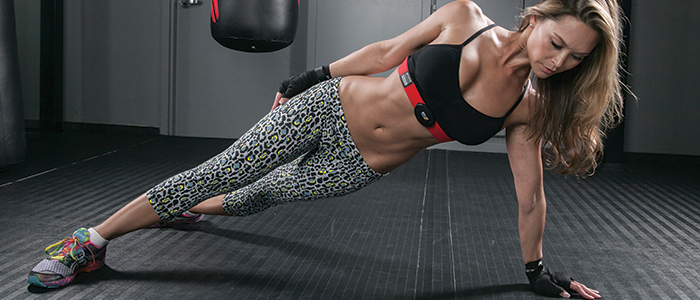Ambient Heart Rate and NEAT
Resting heart rate, recovery heart rate, ambient heart rate, submaximal heart rate, maximum heart rate…this is a list of some of the terms that have probably entered your vocabulary as you have been using your MYZONE heart rate monitor.
It can be challenging to keep all of these terms straight, let alone know how to use your MYZONE monitor to measure all of them! This blog post will provide a brief explanation of some of the most common heart rate training lingo and fill you in on how to use your MYZONE monitor to measure each aspect. Further, this blog will share some insight into how to make the most of moments of your day when you are not wearing your MYZONE monitor and provide tips for healthy living.
Heart Rate Terms and Measurement
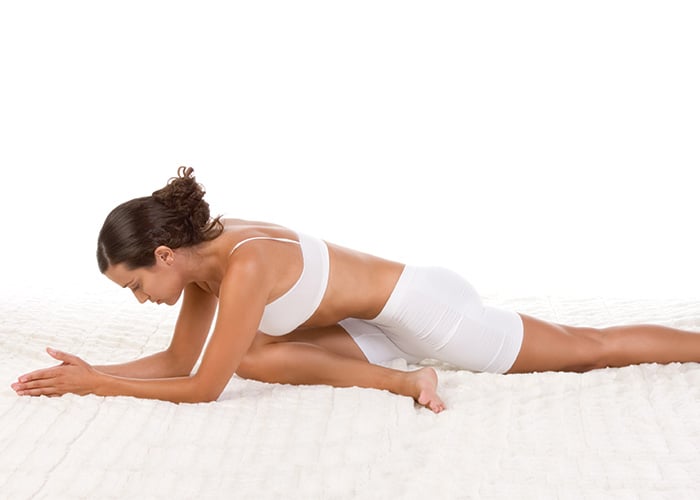
Resting Heart Rate: Your heart rate (in beats per minute) at complete rest.
Measure Resting Heart Rate: Wear your MYZONE monitor overnight while you are sleeping to obtain a true resting heart rate. If you are not able to wear your monitor overnight, put it on right away in the morning and wear it for five to 10 minutes while you are still in bed. A decrease in resting heart rate is an indication of improved cardiorespiratory fitness. Your resting heart rate will automatically update in the MYZONE system if it lowers (so be sure to write down your resting heart rate assessments if you would like to monitor them over time).
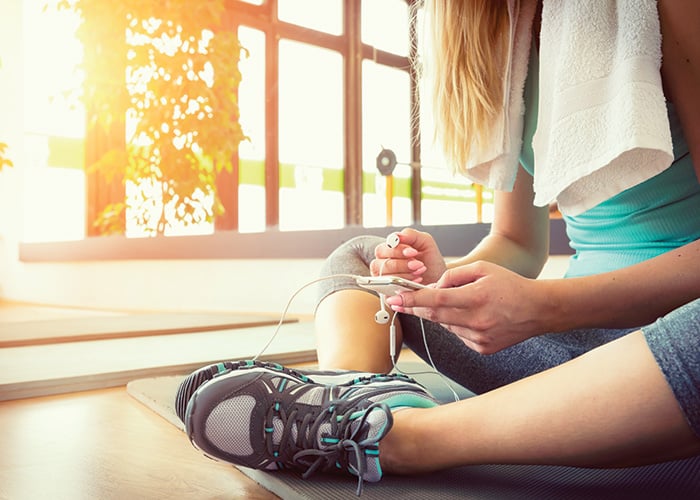
Recovery Heart Rate: How much or how quickly your heart rate comes down from an elevated intensity.
Measure Recovery Heart Rate: You can measure heart rate recovery in multiple ways. You can measure how long it takes you to recover down into BLUE or GREEN from YELLOW or RED, or you can measure how much you are able to recover your hear rate in a certain time frame. A faster recovery heart rate indicates an improvement in cardiorespiratory efficiency.
See our previous blog on resting heart rate and recovery heart rate for more information.
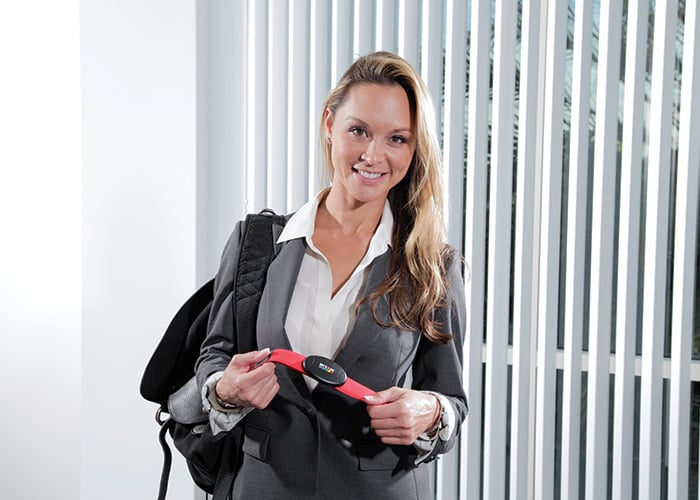
Ambient Heart Rate: Your heart rate at rest during the day. Ambient heart rate is different from resting heart rate in that it is assessed during a wakeful state in a seated position (whereas resting heart rate should be assessed during sleep or when lying down).
Measure Ambient Heart Rate: Put your MYZONE monitor on during the day when you are in a seated position. Examine the difference between your ambient heart rate and your resting heart rate (ambient should be higher). A decrease in your ambient heart rate over time could indicate an improvement in cardiorespiratory fitness. However, if you choose to monitor your ambient heart rate repeatedly over time to assess changes, keep in mind that there are many factors which affect heart rate and you should try to keep as many factors consistent as possible (i.e. time of day, pre or post-exercise, etc.). Check out our previous blog about factors affecting heart rate for more information.

Submaximal Heart Rate: Your heart rate throughout various intensities between resting and maximal heart rate. Your heart rate is in submaximal zones in GRAY, BLUE, GREEN, YELLOW, and RED zones (up to 99% that is).
Measure Submaximal Heart Rate: Wear your MYZONE monitor and see how your heart rate responds to various workloads (i.e. speed, resistance, incline, etc.). Examine which workloads are necessary to take you from GRAY to BLUE to GREEN to YELLOW and RED. As you become more fit, more of a workload should be required to elevate your heart rate into YELLOW and RED.
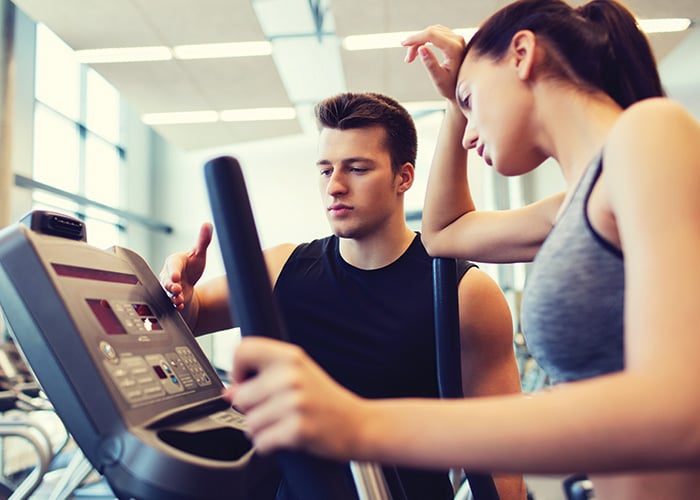
Maximum Heart Rate: The highest heart rate your heart is capable of producing.
Measure Maximum Heart Rate: The MYZONE system already provides an estimated maximum heart rate for you by taking into consideration multiple factors (like age and sex). In order to get an absolute maximum heart rate, you would need to perform a maximal assessment, and we recommend doing that only under the supervision of qualified health professionals.
Have some fun measuring these aspects of heart rate training!
Beyond the Measurements
No doubt you already have or are in the process of getting your exercise routine on lock down. However, our general activity throughout the day is also important for weight management and health purposes. In fact, recent research indicates that even if we meet the recommended guidelines for physical activity but spend the majority of our day in sedentary behaviors, we are still at increased risk for chronic disease and associated issues. Here’s the good news - it is easy to implement small changes throughout your day to avoid long periods of sedentary behavior.
Have you heard of non-exercise activity thermogenesis, or NEAT? Thermogenesis is a metabolic activity during which your body burns calories to produce heat. NEAT simply refers to the metabolic activity of your body during non-exercise portions of your day (which for most of us, comprises the majority of our day). Dr. James Levine popularized NEAT in the early 2000’s. Here is a great article he wrote for the Mayo Clinic about NEAT. You can significantly elevate your daily caloric expenditure by making small adjustments to your lifestyle (for example, choosing the stairs rather than the elevator).
Increase your NEAT-ness by breaking up periods of sitting with standing and movement. A general recommendation is to get up and move for two to three minutes every 30 minutes or so. This increases the metabolic activity of your body (primarily by engaging your large muscle groups), and causes you to burn more calories than you would if you stayed seated. If you have a job that requires you to sit, here are a few ideas you can implement into your routine:
- look into a standing desk as an option
- walk to a colleague’s office rather than call
- stand while you are on the phone
- take a walk around your office (inside or outside) when you get up to get water or coffee
- stand up for a stretch break every 15 to 30 minutes
- set a reminder on your phone or calendar to get up and move periodically
Check out our recent Periscope broadcast about ambient heart rate and NEAT.
In conclusion, keep using your MYZONE monitor to measure your purposeful exercise activity and cardiorespiratory improvements. AND - keep moving throughout the day to increase your NEAT factor!
As you post your workouts on Twitter, Facebook, and Instagram, use the hashtags: #MYZONE, #myzonemoves, and #effortrewarded.
For more tips on how to effectively use your MYZONE heart rate monitor, follow us during Fitness Fridays on Periscope – 8 am PST, 11 am EST.
Keep moving forward!
Share this
You May Also Like
These Related Stories
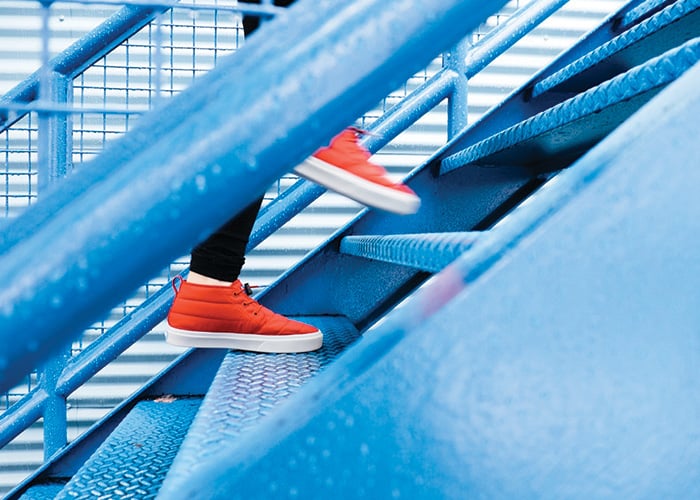
Two Heart-Pumping Workouts
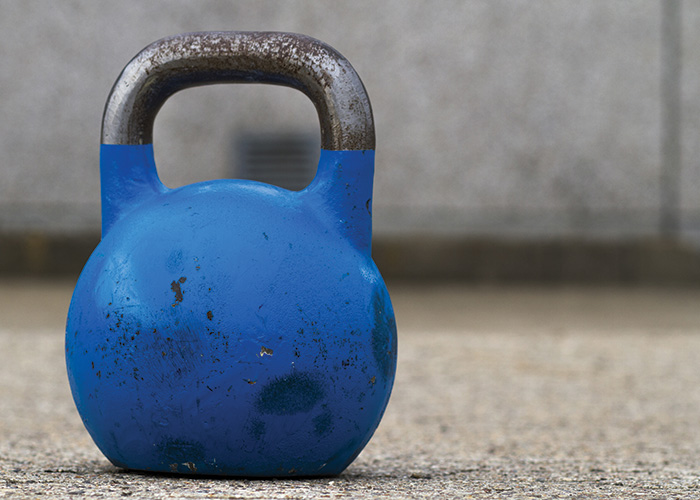
More ways to Gamify: The Pyramid Game
